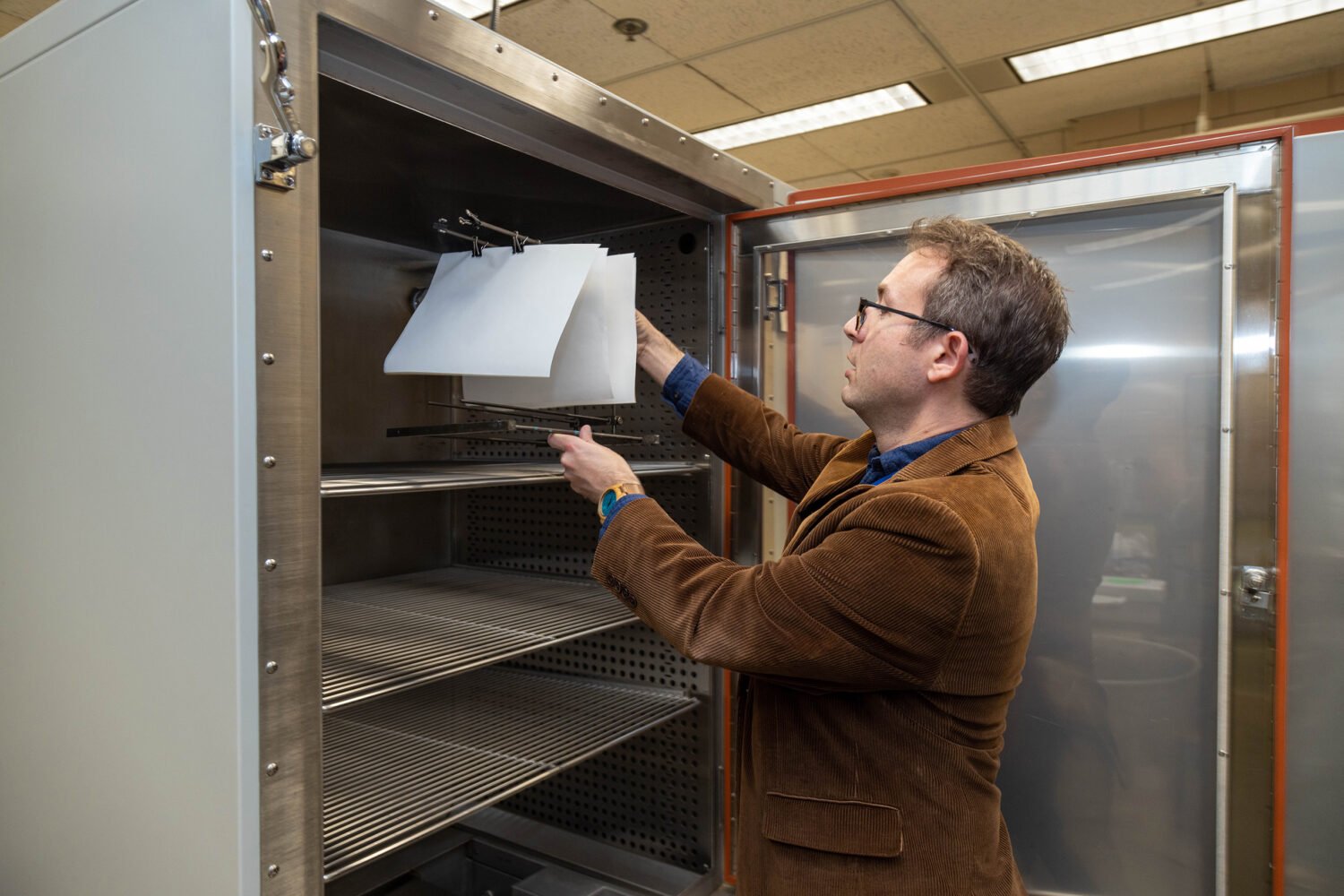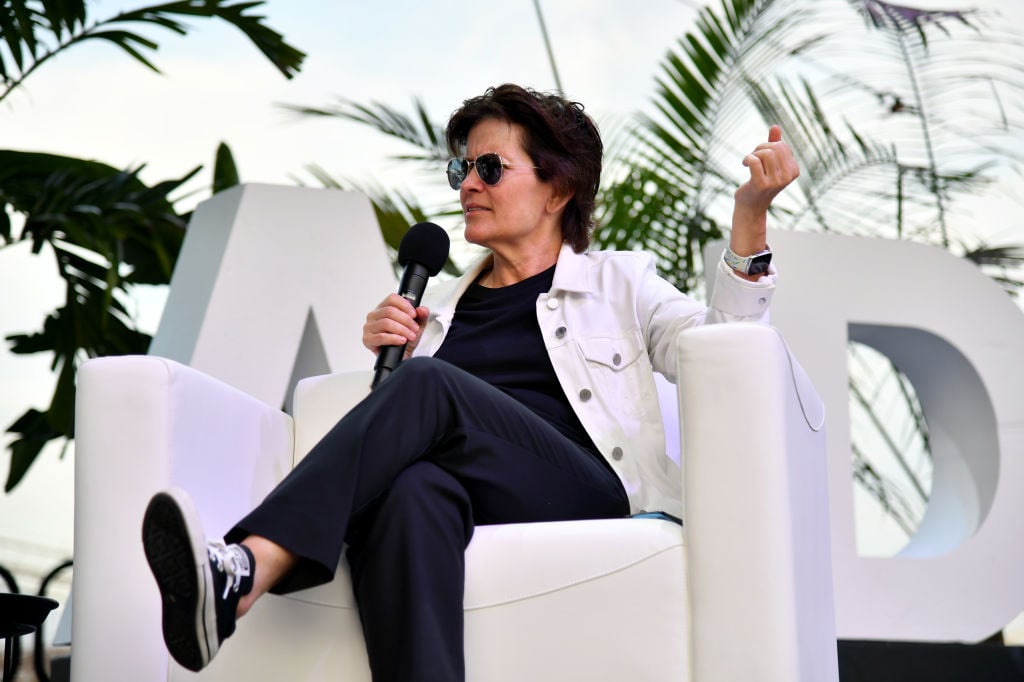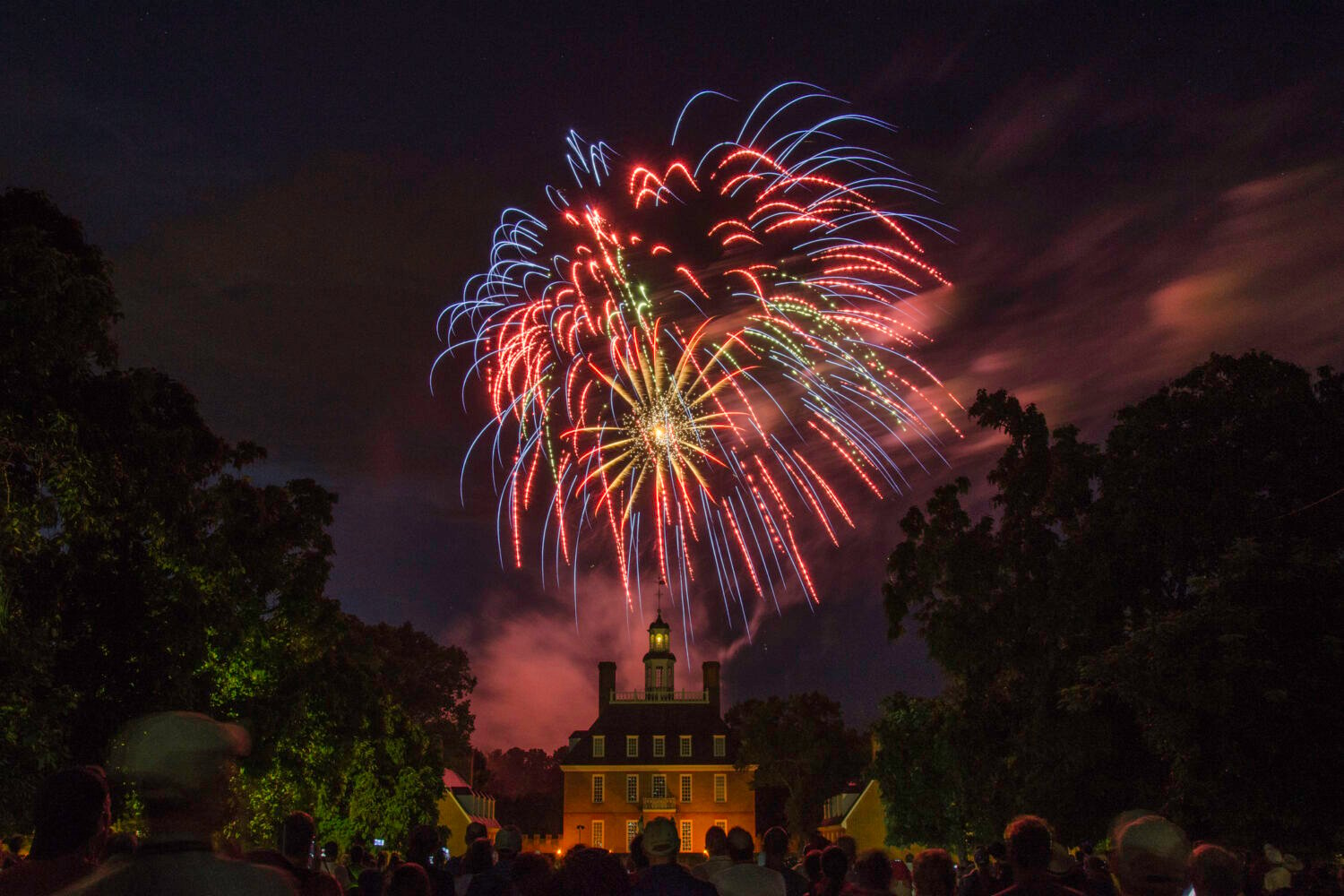From Marion Barry‘s arrest to the good-natured rivalry between the 9:30 Club and Black Cat, a new documentary captures the city’s history during a most complicated decade. With archival footage and original interviews, the WETA series has covered every decade since the 1960s and continues Tuesday with its newest installment, Washington in the 90s.
Seth Tillman, the show’s producer and writer, talked to Washingtonian about how the documentary covers the most celebrated moments of the decade, but also brings to light some of the city’s ugliest memories.
“The decade gets off to this rip-roaring start from a storytelling perspective because Mayor Barry was arrested in January of 1990, after having many troubles and a lot of rumors swirling around him in the late ’80s,” Tillman says.
Indeed, the show takes a look at the city in the context of its three mayors during the decade, and the complicated legacy they left behind. Barry especially gets attention as a polarizing figure who was caricatured by columnists and national late-night hosts but clearly maintained the respect of a large population of the city—after his arrest and resignation, he was re-elected in 1994.
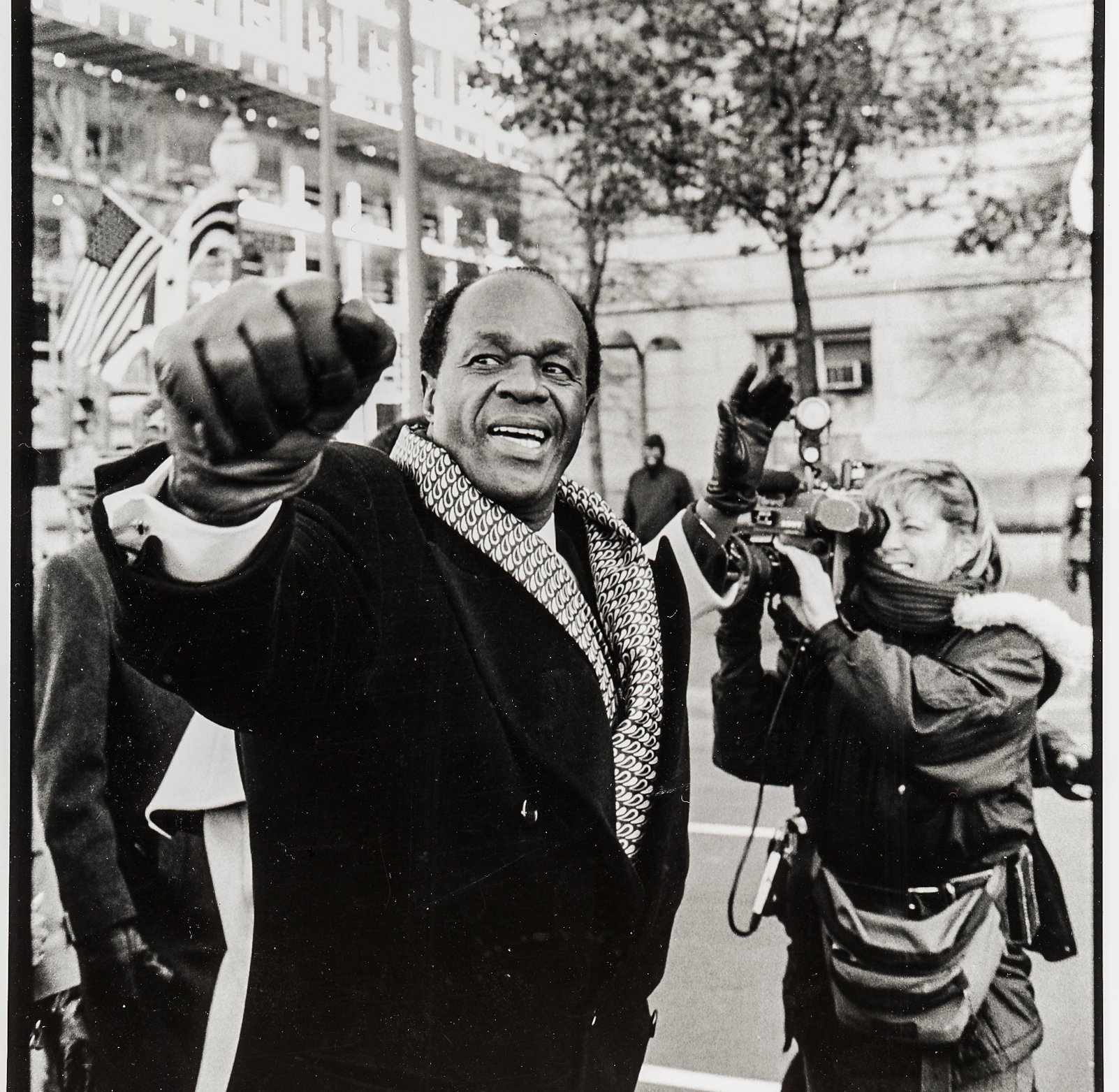
Set mostly to ’90s alternative rock, the documentary explores the city’s history of sports, music, and culture, and the mayors provide a window into that story.
“A lot of the story of the ’90s is the city getting onto more stable footing,” Tillman says. “We went from the mayor being arrested in literally the first month of the decade—the crack epidemic was still raging, people were leaving the city in droves, homicide numbers had spiked to nearly 500 a year—to the end of the decade when large parts of the city had at least begun the process of redevelopment.”
Interviewees include Cora Masters Barry, journalists and radio hosts, nightclub owners, and local residents. All paint a broad picture of the city. Former Redskins star cornerback Darrell Green is interviewed because he played “back in the time when the Redskins were still good,” Tillman says, before the team moved from RFK Stadium to Prince George’s County.
Former mayors Sharon Pratt and Anthony Williams discuss the city’s political history, including the creation of the control board Congress appointed to take charge of the city’s finances. “Ultimately, we come to understand how the late ’90s were the decade when things began to calm down in DC,” Tillman says, “when the city became fiscally solvent.”
The documentary also covers the progressive rock station WHFS, its wildly popular annual music festival (HFStival), and the introduction of alternative music into the mainstream. Of course, it wouldn’t be a documentary about Washington without dedicating a significant portion to go-go music and its significance in the African-American community.
“The ’90s was the decade when hip-hop was on the ascendancy and breaking through into the Top 40, but in DC, go-go remained the dominant music form,” Tillman says. “We talk about why it was so popular, but also a lot of the myths and perceptions about it.”
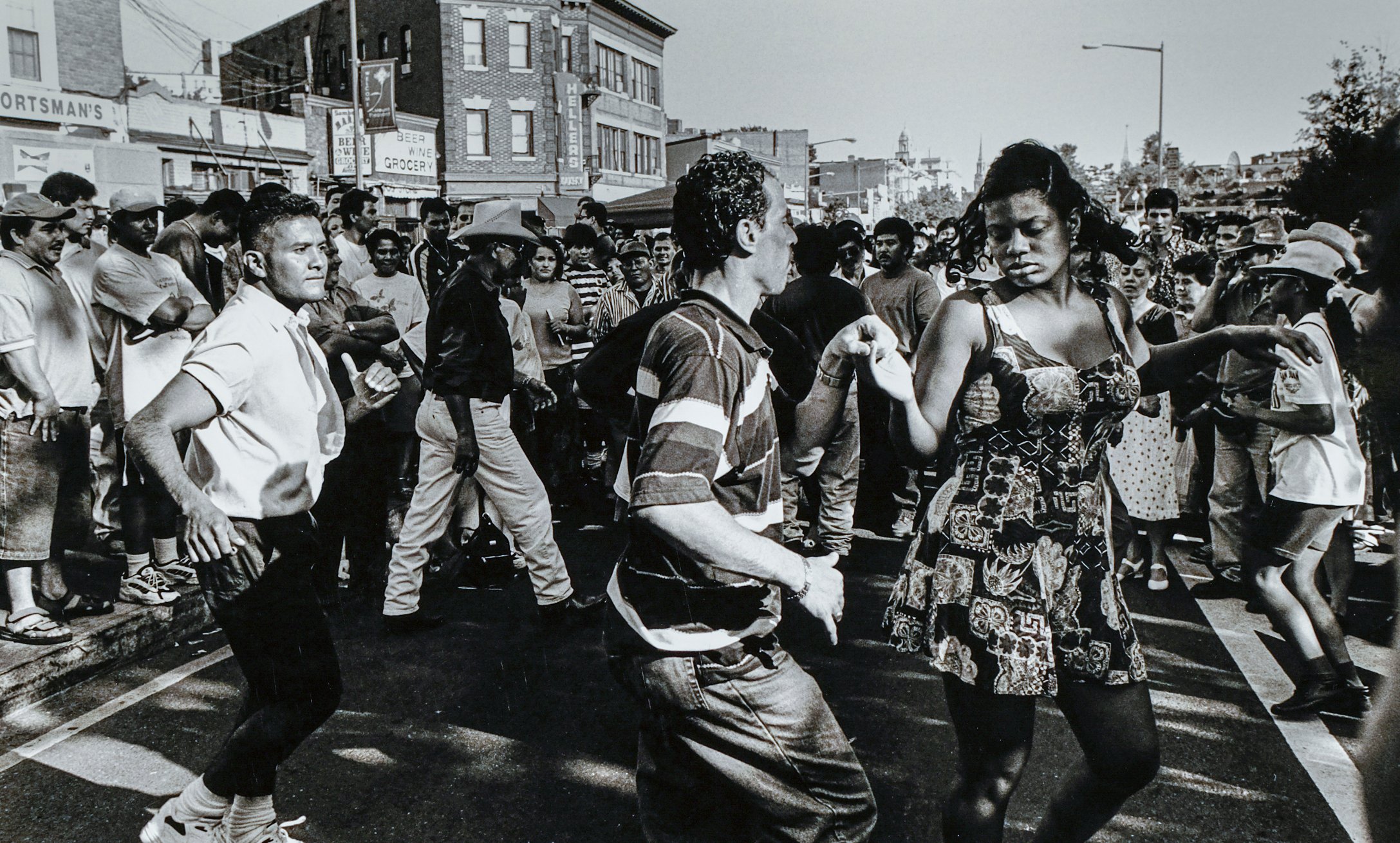
The power of the documentary is that it sheds light on some of the issues that are still prevalent today. For instance, it features interviews about the Mount Pleasant riots, sparked by the shooting of an unarmed Salvadoran immigrant in 1991.
“That was an example of a community erupting because of a lot of social pressures that had built up over the better part of a decade,” Tillman says. “DC wrestles now with demographic changes, and there is unrest. Nothing on the scale we had in 1991, but it just goes to show that some of the things we wrestled with in the past, we’re still grappling with today.”
Tillman, who was born in DC and grew up in Chevy Chase, hopes the documentary will give DC natives a fuller understanding of things they grew up witnessing, and that newcomers will gain an appreciation for those who paved the way for the city’s growth today.
“We want people to enjoy themselves when they see images of packed crowds at the 9:30 Club or remember some of the good times for the sports teams,” Tillman says. “But we don’t want to shy away from the fact that the city has come a long way from how it began the decade to where it is now.”
“Washington in the 90s” premieres July 10 at 8 PM on WETA TV 26.










